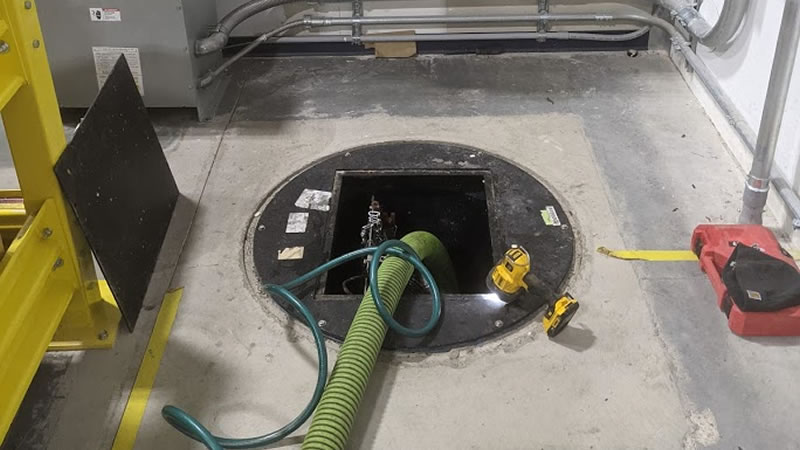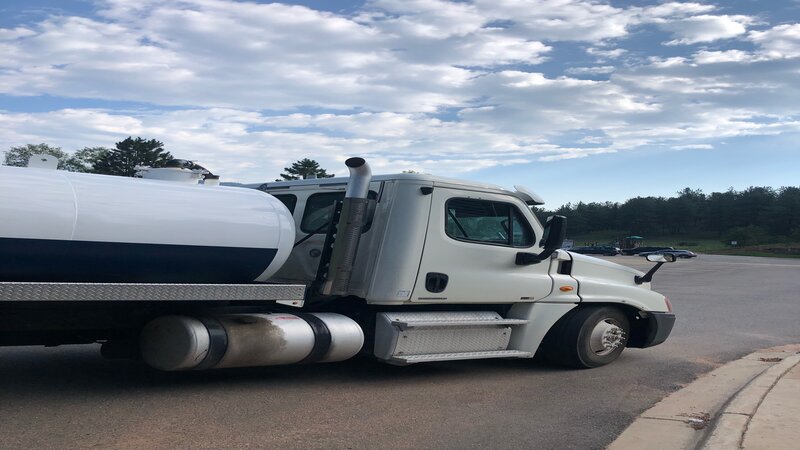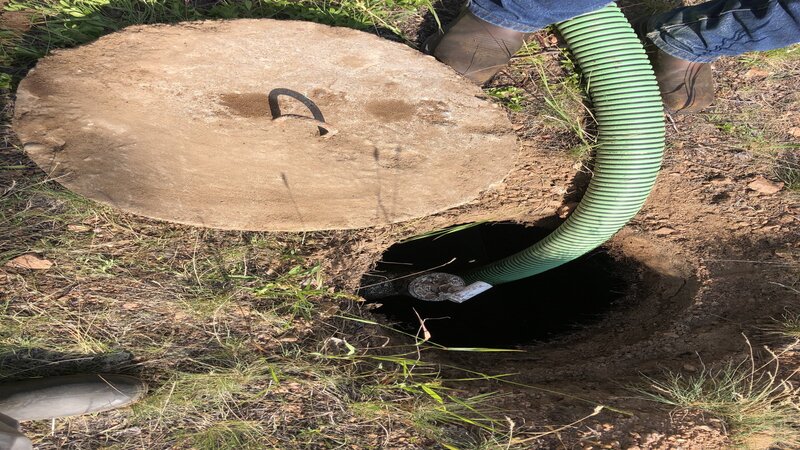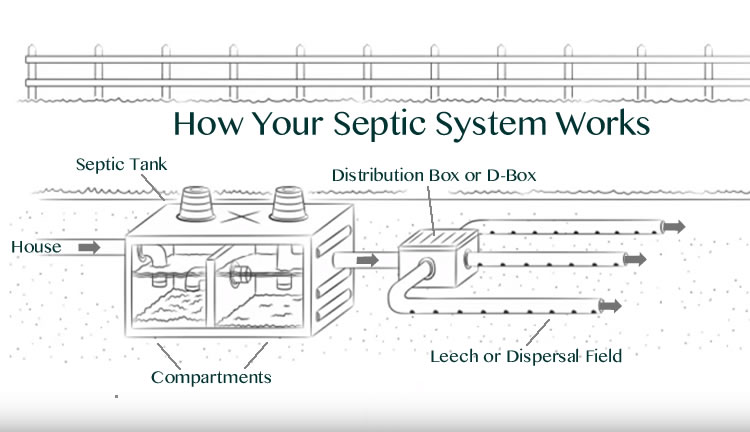Septic & Sewer Lift Station Pumping

If the area is steep or has no natural downhill flow of waste and sewage, lift stations are an essential part of any septic system. A lift station is used for pumping wastewater from low levels to higher levels where it can be stored or pumped out.
Ley Septic Service is an expert in pumping lift stations of any size. We are based in Pine, Colorado, and can send one of our trucks to pump out lift stations tanks throughout Central Colorado, including the areas of Conifer Colorado, Evergreen Colorado, Bailey Colorado, Idaho Springs, And Morrison Colorado.
How does your lift station work?
A lift station is a part of your septic tank. The sewage from your building or home is then discharged into a pit, also known as The Wet Well. When the pit reaches a certain level, it activates a switch that detects when the tank is full. The float switch will then pump the sewage to the next destination in your system (usually uphill). Although they are simple, they need to be maintained to work efficiently. If you don't know what dangers they present, lift stations can be dangerous to operate.
Two primary components make up lift stations:
#1. Wet well#2. Controls and mechanical systems
The wet well is the large basin in which the incoming wastewater is discharged. It also houses the actual septic pump. The control panel is the brain of the lift station, and it keeps everything for proper operation.
Components in Your Lift Station
- Reception well (or wet well).
- To remove coarser materials, screen or grind them
- Pumps and compressors are used to "push" wastewater
- Assistive valves to regulate the flow
- Pumps driven by electric motors
- Power supply system
- Lift station alarm system and electrical controls
- Ventilation and control of odors
What are common lift station failures?
Pumping lift stations with an electrical or mechanical problem is a common task. These are the most common lift station problems we see.
- Failure of an electrical component or control (they operate in highly corrosive environments)
- Valves locked open or shut
- Clogged pumps are usually caused by grease, baby, flushable wipes, or feminine hygiene products.
You should call Ley Septic Service if your lift station alarm goes off or you have any other symptoms.
How often should your lift station be pumped?
If your system is residential, it is recommended that you pump out your wet well every 3 to 5 years and once a year if it's commercial. Regularly pumping out solids will keep your pump in good condition and prevent damage. To prevent potential problems from developing, it is a good idea to inspect your lift station annually and address any maintenance issues that may affect the system's longevity.
To schedule an appointment to pump your lift station, please fill out the online contact form or call (720) 312 7084.
Schedule Your Service
.jpg)
These are the worst things you can do to your septic system
You may own a property or home with a septic system, or an onsite wastewater treatment plant in Central Colorado.
Read The Article
How to Properly Maintain Your Sewage Tank
A homeowner or property owner can learn many things about their septic system.
Read The Article
Septic System Information For Home Buyers In Coloardo
The purchase of a home is the most important and largest investment for the majority of us.
Read The Article
How Does Your Septic System Actually Work?
So How Does Your Septic System Actually Clean Your Wastewater? If you’ve ever wondered how your septic system
Read The Article